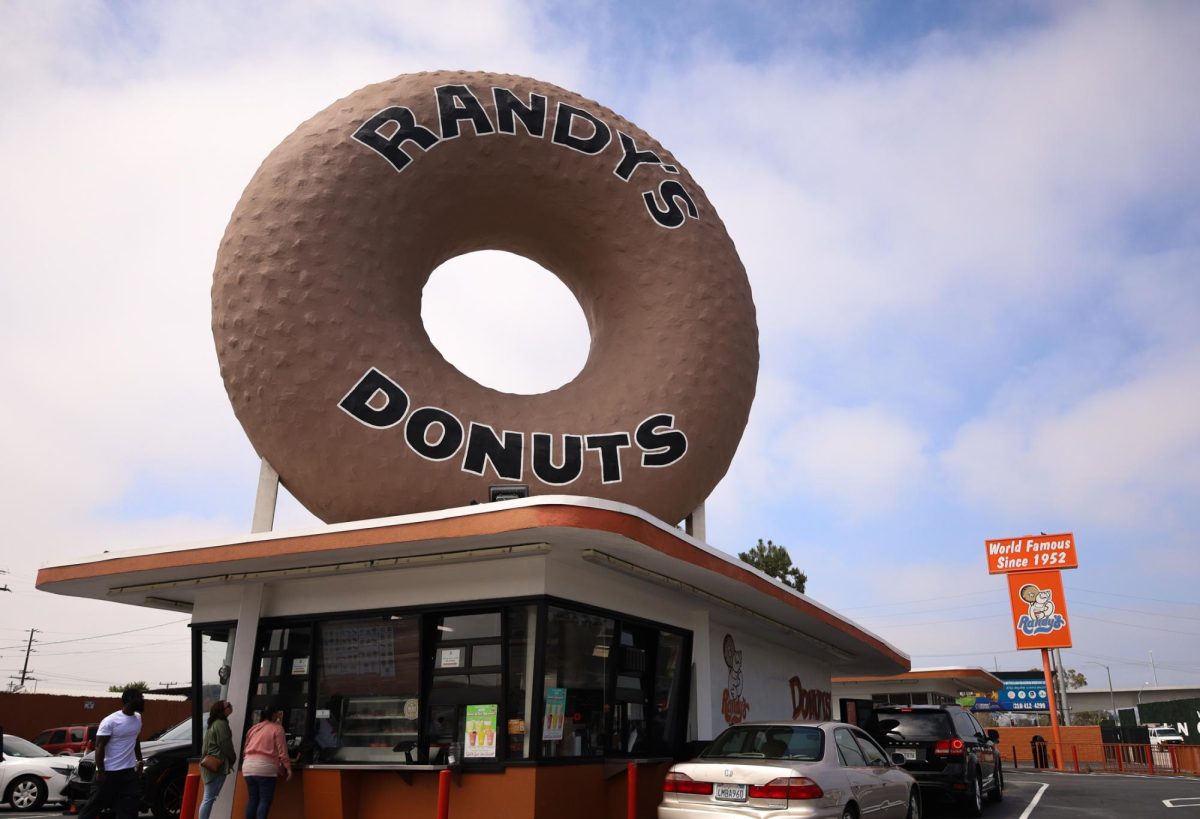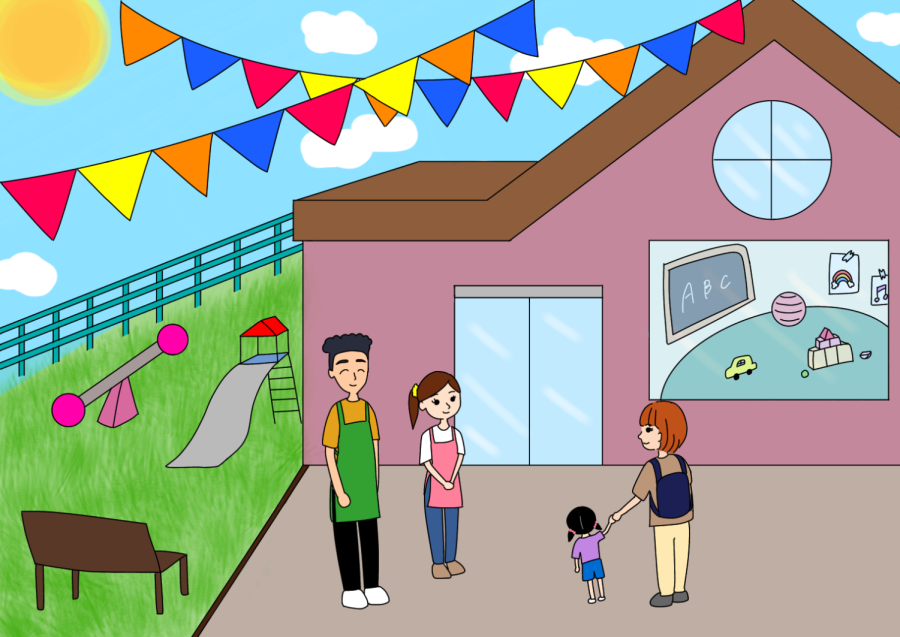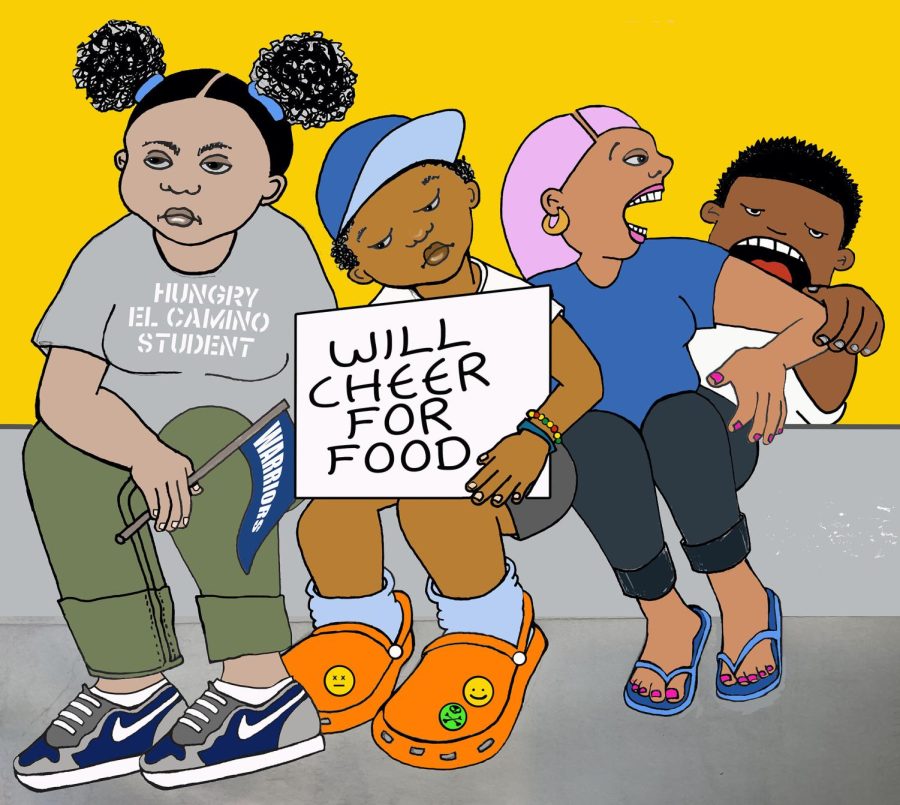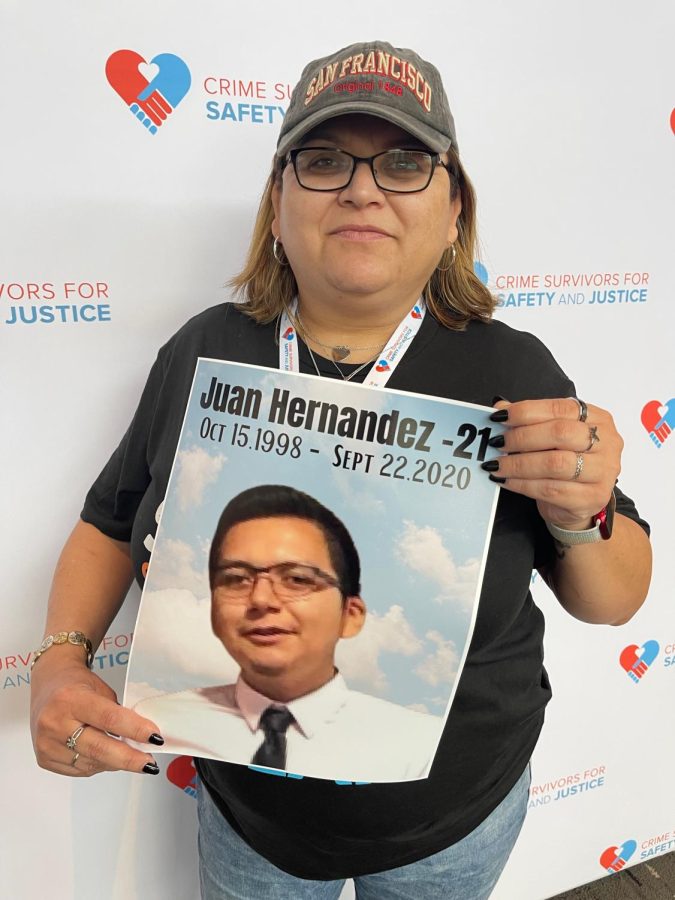From the classroom to the stage, Concert Dance Ensemble takes students through the process of producing a dance show in a short, intensive nine-week period.
“Concert Dance Ensemble is a beginning and intermediate production class that happens every spring,” director Bernice Boseman said.
In the fall, “Oui, Geometer” was put on by the advanced theater dance class, Boseman said.
The name “Oui, Geometer” originates from a 20-year-old club. It means that they are about angles, shapes and sizes, Boseman said.
“In a nutshell, Concert Dance Ensemble gives students the experience of auditioning, learning a dance from a choreographer, rehearsing the dance and then presenting it on stage,” Boseman said.
More students perform in the spring production of Concert Dance Ensemble because they have developed their technique through their fall dance classes.
“In the fall production of Concert Dance Ensemble, there are fewer students and more guest artists and faculty working in smaller groups,” choreographer Daniel Berney said.
Boseman hopes to do more dances requiring male and female dance partners.
“We are looking for some strong male dancers because we would like to start doing partnering work so that we can have lifts and things,” Boseman said.
A lift involves a male dancer lifting a female dancer into the air as part of the performance.
Spring 2005’s production took place May 6-8 and was titled “Footsteps: Songs of the Beatles.”
It was a series of prerecorded songs danced through various genres, including Latin, hip hop, modern dance, jazz, Middle Eastern and African styles.
The production is a concert dance ensemble, which is a series of planned performances organized around individual songs interpreted through the performances of a group of dancers.
“You have nine weeks to audition and put on a show; it’s a pressure cooker,” Boseman said.
Nine weeks is a short period of time for the artistic and physical productions necessary to create a concert dance ensemble.
“It is good because it forces performers to learn their dances in a short period of time,” Boseman said. “It is similar to a local production with only six weeks.
“You need two four-hour class sessions a week to produce the show on schedule,” he said.
Artistic production involves writing, auditioning and choreographing for the dancers, and rehearsals for the production.
The physical production is costume design, lighting, props, music and set design.
The title was the product of two people.
Boseman wanted to name the production “Footsteps” and another person mentioned the Beatles, resulting in a dance production organized around Beatles music.
“All of the choreographers got to choose whatever Beatles song they wanted in the production. That was their own creative energy there,” Boseman said.
Though most of the songs come from the Beatles, different artists, such as Sarah Vaughn, are featured covering them, Boseman said.
“This should be a fun show,” Boseman said.
“Musical selections for the concert dance ensemble span the classic rock ‘n’ roll, antiwar and metaphysical phases of the Beatles,” lighting technician Miriam Alario said.
How a dancer performs to a song depends on what the choreographer sees in his or her mind when designing the dance.
In the “Happy to Dance with You” section of the program, for example, choreographer Daniel Berney saw it as a Latin Fusion formatted to the Beatles, requiring ballet lifts and turns.
For the “Space Between” section of the program, choreographer Karin Jensen wanted a Beatles piece with traditional Indian instruments like the sitar (string plucked) and tabla (drum).
Jensen designed a dance with elements of American Tribal style belly dance, Egyptian belly dance and modern dance.
What makes a dancer great is a combination of skill and passion.
In addition, rigorous training and discipline is essential.
“Good dancers must have the training, know the dance vocabulary and have the skills and that extra pizzazz to be on stage,” Boseman said.







